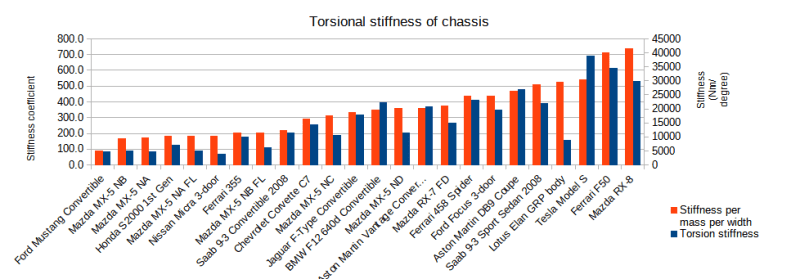I'm aiming to deepen my understanding of how chassis stiffness influences suspension tuning in track-focused cars like the Mazda Miata, Porsche Cayman, and Porsche 911.
Specifically, I'm interested in:
General Guidelines: What are some fundamental principles or rules of thumb regarding chassis rigidity when optimizing suspension settings for these types of vehicles?
I would greatly appreciate any insights, experiences, or resources you can share.
Thank you!
For reference:

Specifically, I'm interested in:
General Guidelines: What are some fundamental principles or rules of thumb regarding chassis rigidity when optimizing suspension settings for these types of vehicles?
I would greatly appreciate any insights, experiences, or resources you can share.
Thank you!
For reference:

